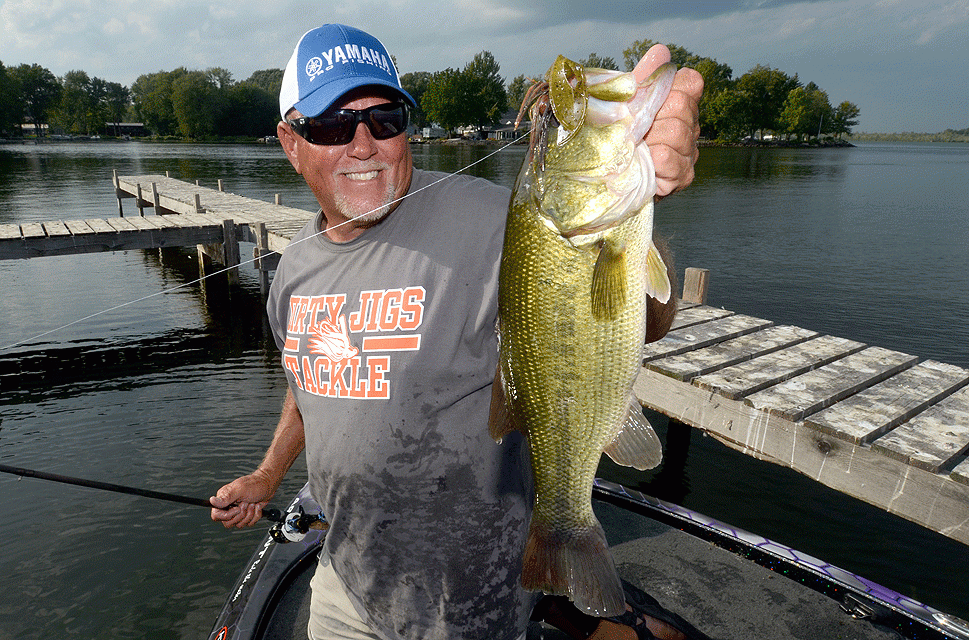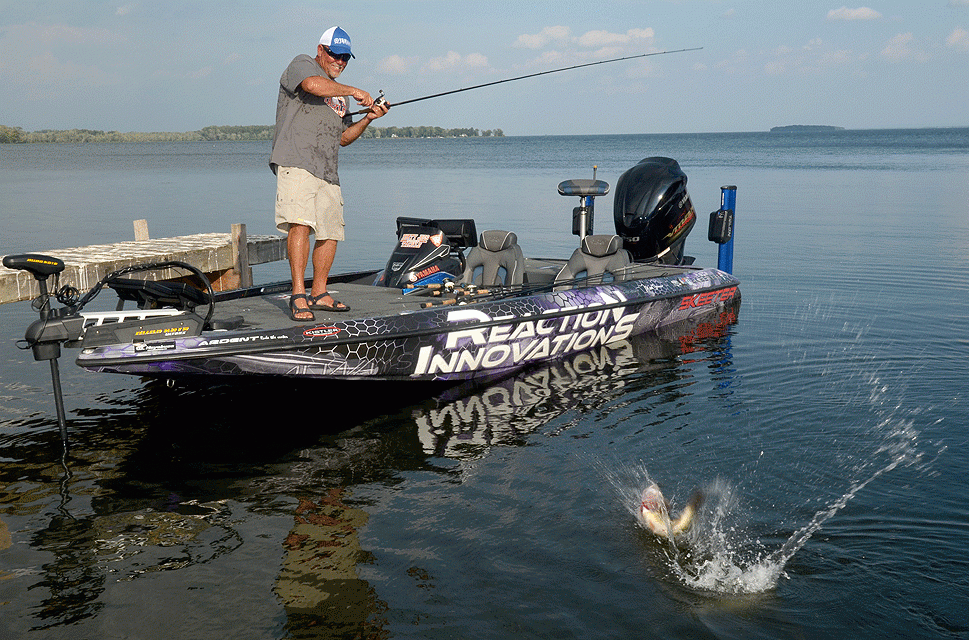
With so much emphasis on fishing offshore with today’s amazing video-game electronics, it’s reassuring to know that the shallow bite is still holding its own. While there are Bassmaster Elite Series pros who excel at fishing shallow and deep, most are better at one or the other.
Alabama’s Matt Herren is one of the shallow-water aces on the Elite tour. Regardless of the season, Herren almost always starts out looking shallow on practice days prior to a tournament. He will fish offshore if he can’t find bass close to the bank that have the potential to yield a top 10 finish. More often than not he is able to stick to his strong suit.
“A lot of guys only fish shallow in the spring,” Herren said. “Shallow bass can be harder to find after the spawn. But if you can find them, you won’t be dealing with a lot of pressure.”
Although Herren is known for his skill with a flipping rod, his shallow-water arsenal is far more extensive than most people realize. Where and how he attacks the shallows depends on the season, the conditions, the forage and what kind of cover a given body of water has to offer.
When the water temperature is 42 to 52 degrees in early spring, Herren ties on a Herren’s Fudd flat-sided balsa crankbait from PH Custom Lures. He casts it to banks that slope into the water at a 45-degree angle and keys on places where the bottom transitions from one hard substance to another, such as gravel to rock or clay.
In clear water, he also shows the bass a jerkbait and a Reaction Innovations 3.5-inch Little Dipper paddletail swimbait rigged on a 1/4-ounce ball head jig. He casts the swimbait with spinning tackle.
“I slow reel the Little Dipper just like a spinnerbait,” Herren said.
During the spawn, flipping and pitching creature baits produces fat mamas for Herren. He also goes to work with spinnerbaits, swim jigs, bladed swim jigs and squarebill crankbaits.
During the postspawn, Herren pitches jigs and finesse plastic baits, including tubes and small straight-tail worms. Swim jigs continue to be productive. A frog, buzzbait and a big squarebill also get in on the action.
“Sometimes early in the morning the big girls can’t stand a buzzbait,” Herren said. “Anytime I see gizzard shad laying against slick logs and docks I show them Phil Hunt’s 3-inch Mag Hunter squarebill.

Docks
Docks are players for Herren throughout the seasons. This is where he truly shines with a Kistler flipping rod and 3/8-, 1/2- and 5/8-ounce Matt Herren Flippin’ jigs from Dirty Jigs. He dresses his jigs with a large plastic chunk or a Reaction Innovations Spicy Beaver. He also has a flipping rod matched with a Texas-rigged Spicy Beaver or a tube and a 3/16- or 5/16-ounce bullet weight.
In summertime bass could be relating to docks floating over deep water on the main lake or docks in shallower water in creeks and pockets.
“The big thing with docks is to look for food,” Herren said. “That could be bluegill, shad or crawfish. I try to match the color of what they’re feeding on.”
The mood of the bass and how they are stationed below a dock dictates which size jig Herren settles on. If the bass are suspended above the bottom under the docks, the slow fall of a 3/8-ounce jig usually does the trick. If the bites are coming after the jig hits the bottom, Herren steps up to a 5/8-ounce jig so it sinks faster and doesn’t waste time getting to the bass.
“Sometimes even suspended bass under docks want a heavy jig that’s flying down,” Herren said.
In autumn Herren searches for bass in the backs of pockets up creeks and rivers. The water cools in those places first, which draws swarms of baitfish. The bass follow their prey.
“I fish a jig then and a spinnerbait and 2- and 3-inch squarebills,” Herren said. “I fish a lot more white and shad colors that time of year.”





